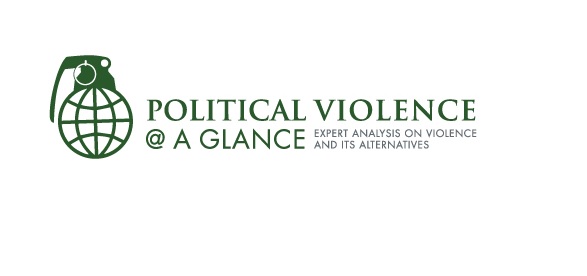
To Distinguish Supporters From Opponents in Counterinsurgency
Por: Aila M. Matanock and Miguel García-Sánchez*.
Knowing when civilians are likely to side with counterinsurgents has been a crucial component in the US’s involvement in the wars in Afghanistan, Iraq, and Syria. A common policy prescription in counterinsurgency campaigns has been to win social support in order to produce a victory on the battlefield. Most recently, many recommendations and predictions on how to defeat ISIS in the Middle East focus on winning hearts and minds.
Distinguishing combatants supportive of counterinsurgents is central to estimating chances for success in combat, but doing so can be difficult. That is because people often misrepresent who they are likely to support when asked. Public opinion surveys routinely show consistently strong support for the counterinsurgents. Puzzlingly, these reported rates seem to remain strong and consistent even during long-standing contentious campaigns and even in contexts in which the counterinsurgents have had little success against insurgents. In Colombia, one of the longest standing counterinsurgencies spanning more than 50 years, the Americas Barometer-Latin America Public Opinion Project (LAPOP) survey has found that individuals claim that they have high levels of trust over time – at almost 70 percent and with low variance – in the forces, such as the military, fighting the insurgency
*Miguel García-Sánchez es codirector del Observatorio de la Democracia de la Universidad de los Andes.